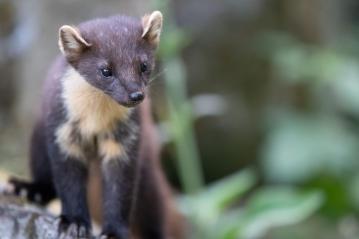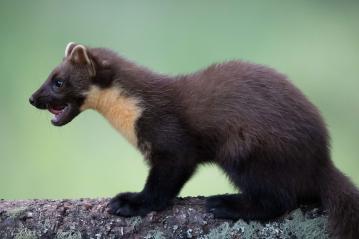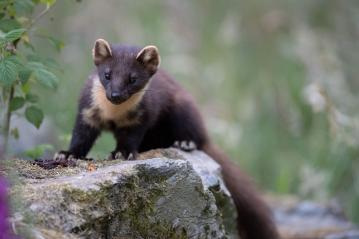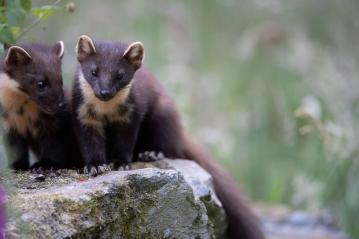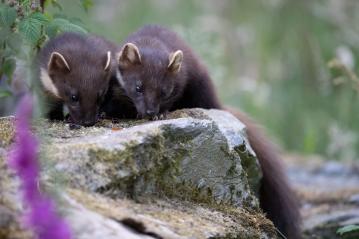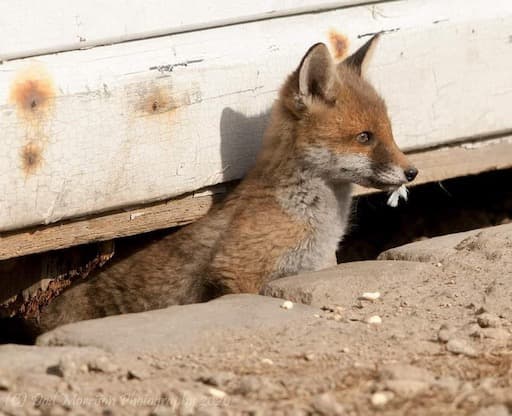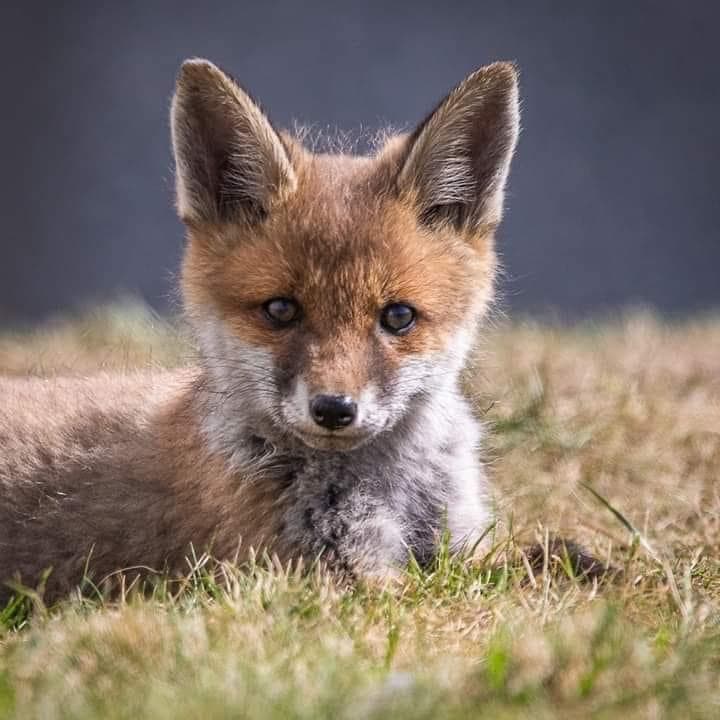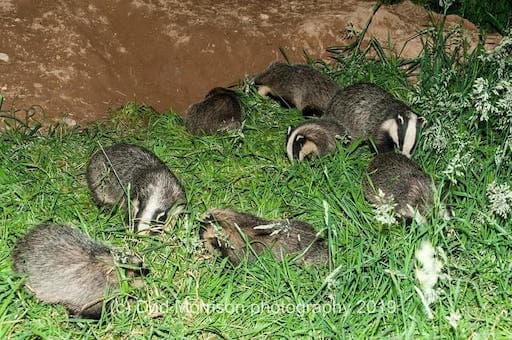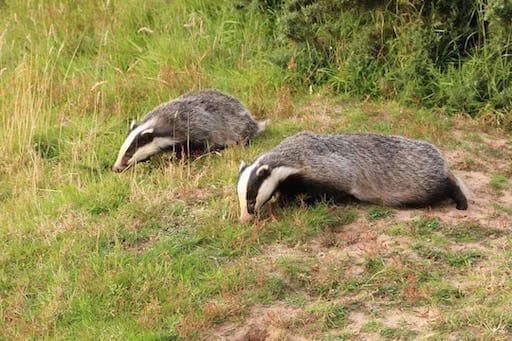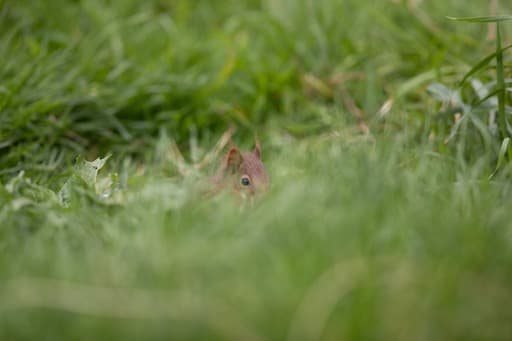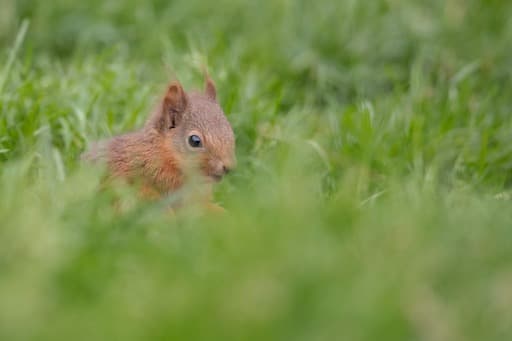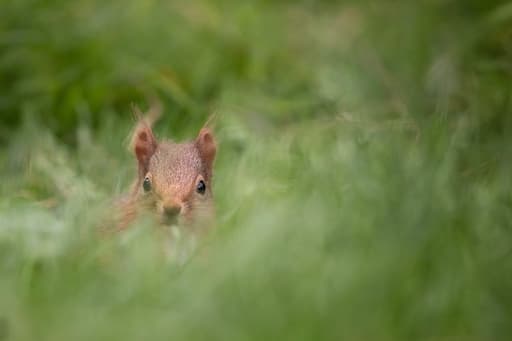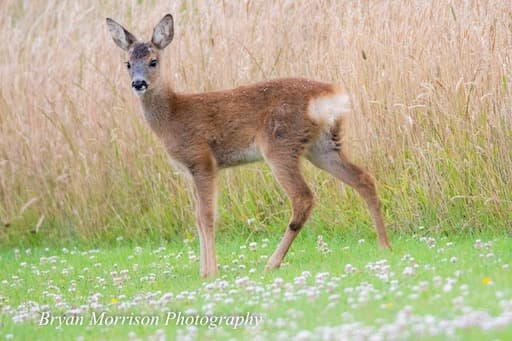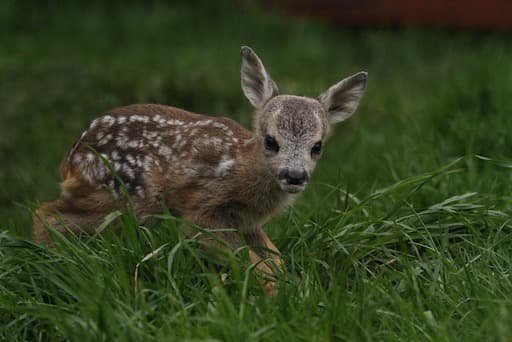Pine Martens In Spring
The Vincent Wildlife Trust can tell us loads about pine martens.
- Pine Marten (Vincent Wildlife Trust)
Like badgers and roe deer, the pine marten is a really smart mammal which delays implantation of the fertilised egg.
If he is lucky Jock usually sees one pine marten on its own in the forest. Sometimes he recognises who it is as each pine marten has a slightly different neck bib. He knows there is a pine marten around as he sees scat (their poo) in the middle of a forest road or path. The adults over 2 years old will mate in the early summer. In fact, the only time he hears martens making any noise is during the mating season, when he notices their shrill cat like calls.
The female doesn’t implant the fertilised egg in her womb till the following January/February. The males are not involved in bringing up their young.
Commonly 2-3 kits will be born in the spring, in March or April, when conditions are good, and the food supply should be more plentiful.
Pine martens use different types of den sites for breeding-it could be rock crevices, burrows, tree cavities, log piles and even old squirrel dreys or birds nests. These dens are usually just for breeding. At other times they use ‘refuge sites’. These are usually off the ground, several meters up in trees , or blown over trees.
The new born kits will weigh less than 30 g. They are born blind, deaf and without teeth. Their coats start out with thin yellowish hair, which changes to grey and then brown as they mature. Their eyes will open around the end of May. They stay in the den for 6 weeks, completely dependent on their mum. Weaning happens around 6 weeks.
They then start venturing out close to the den, and will stay with their mum for at least 6 months, sometimes even for 12-16 months.
The juveniles then leave to try to set up their own territories. Territories can vary from 60-430 hectares (96 to 688 football pitches). Only a small number will make it to become adults, but if they do, they can live for around 10-15 years.
Now browse our pine marten gallery containing these lovely photographs by Sue Johnson.
Finding Out More
To find out more about pine martens have a look at:
- Pine Marten (Vincent Wildlife Trust)
- Pine Martens (Experience Gullion)
- Pine Martens (The Mammal Society)
- Pine Marten (The Woodland Trust)
Jock's jokes:
Why did the bird go to hospital?
Because it needed tweet-ment!
What did the soil say to the rain?
If this keeps up, my name will be mud!
